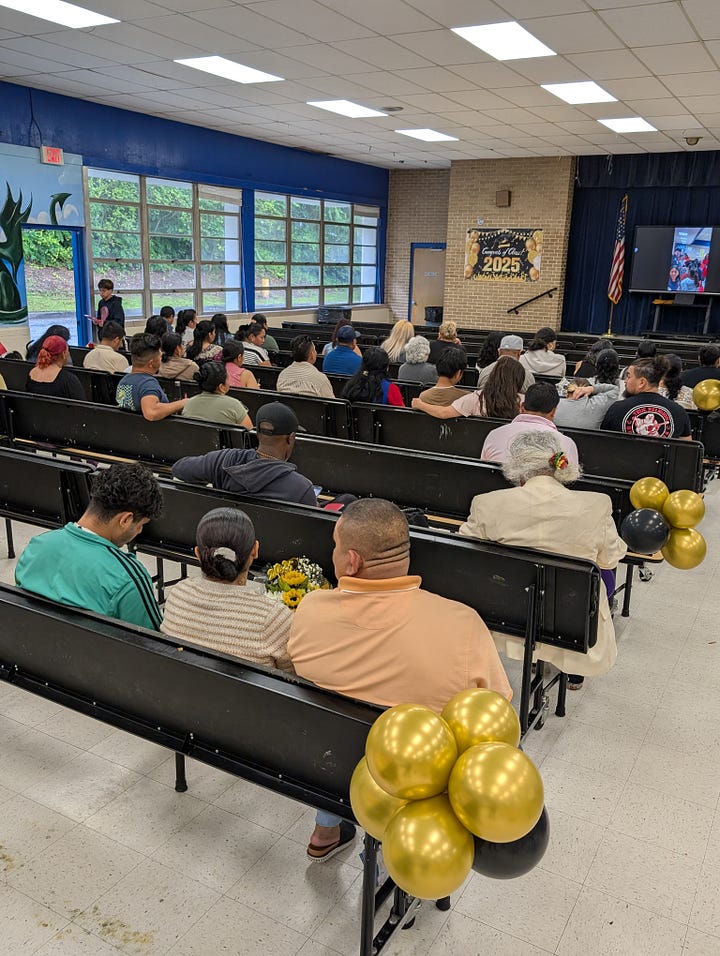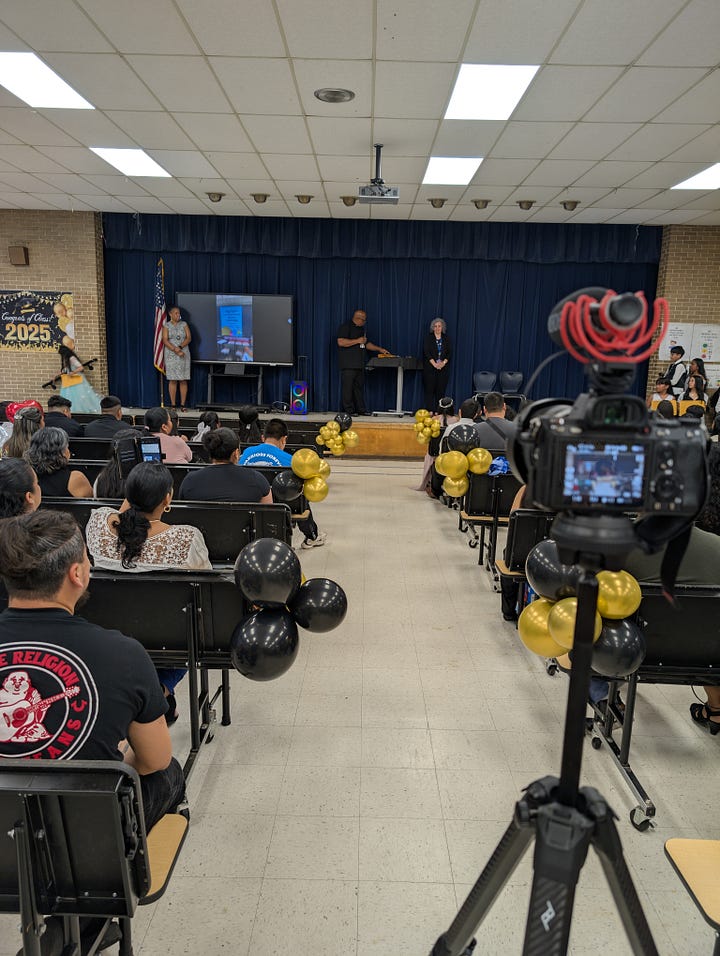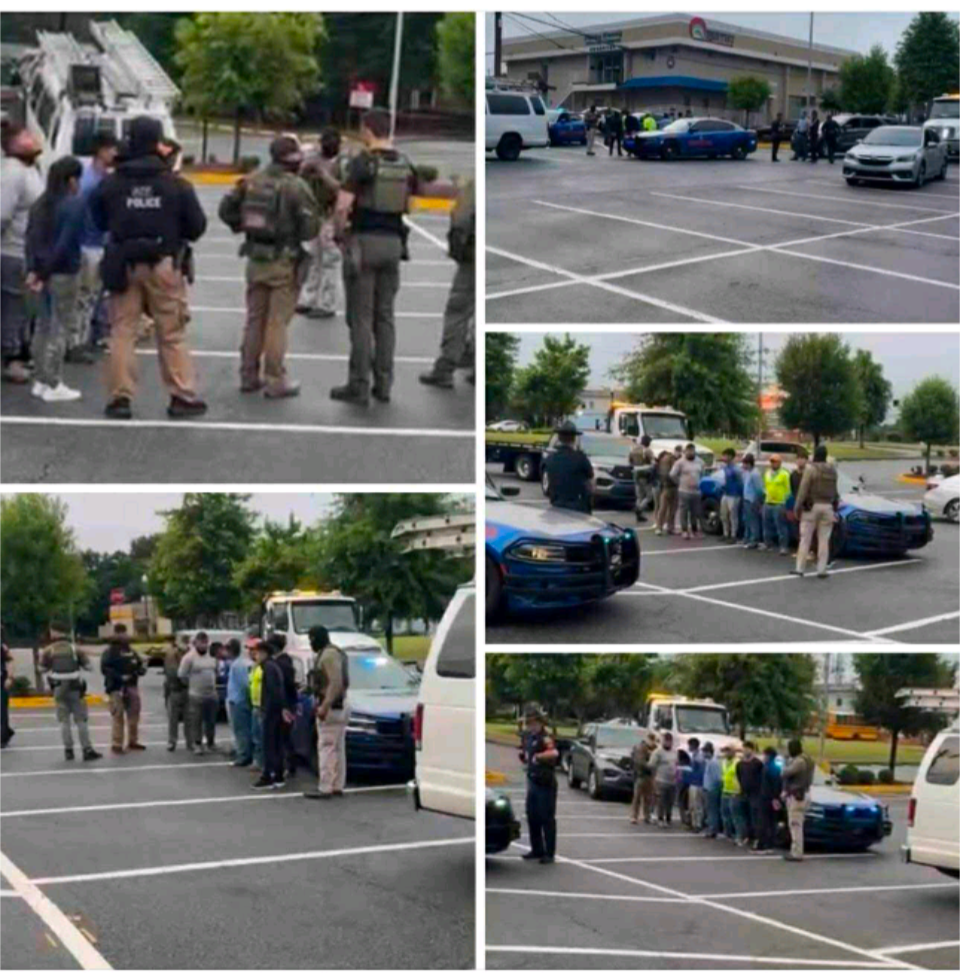On Buford Highway, Between Terror and Celebration
The question isn’t if it will come closer. The question is whether we’ll care when it does - and what we’ll lose if we don’t.
Yesterday, ICE showed up in our neighborhoods again.
They were pulling over work vans, staking out shopping centers—targeting people just trying to start their day. I don’t yet know the full scale of the operation, but it was coordinated and targeted.
While that alone was enough to leave me out of sorts, reading the comments on news updates about the arrests was almost just as disheartening. The cruelty. The glee. The utter absence of empathy.
It’s easy for me to feel overwhelmed in moments like this—like we’re screaming into the void while others cheer on the harm. Most days, I feel useless. Naive, even, for clinging to hope.
But then I remember what ICE counts on: secrecy, shock and awe. They count on people not knowing—or not wanting to know—what’s being done in their name. They count on policies that sound sterile on paper but land like wrecking balls in real people’s lives.
And they count on the fact that for many Americans, it still feels abstract—something that happens to people far away, people we've been trained to dehumanize.
That’s what makes stories like this one out of Missouri so heartbreaking. The article describes a small town, overwhelmingly pro-Trump, where immigration enforcement had always been a distant political issue—until it wasn't.
Carol, an immigrant from Hong Kong, was detained by ICE. She had lived in the U.S. for 20 years. She was part of the fabric of the town—raising her children, serving waffles at the local breakfast spot, attending church. But none of that stopped ICE from tearing her away from her family.
Many in the town were stunned. They hadn’t expected her to be the target. One neighbor said, “She’s exactly the sort of person you’d want to come to the country.” Another friend said, “I can’t believe they’re doing this to her.”
But under our current cold, convoluted immigration system, it’s working exactly as designed: to detain and deport as many people as possible, regardless of their status or how deeply rooted they are in their communities.
Carol’s story could just as easily happen here.
In fact, it already has.
That thought was heavy on my mind today as I helped film the fifth-grade graduation ceremony at our local elementary school—a majority-immigrant Title I school not far from Buford Highway. Proud families held bouquets of flower shaped dollar bills and candy, cheering as their children received accolades and certificates. But I couldn’t help but wonder who was missing—if there were parents who should have been there, but had been picked up by ICE the morning before.


(That may sound dramatic, but in our community, it’s just reality. There are family members who should be here, but aren't.)
I know I can’t make anyone care, no matter what I write or share. But I also know that when the pain is close enough to touch, it can shatter a worldview.
It’s easy to support cold, inhumane policies when they feel abstract—when the headlines are distant, and the people impacted are faceless. But everything changes when you know someone. When it’s your neighbor. Your coworker. Your friend.
Some of the work is helping people get close enough to feel it before it comes for someone they love.
Because no one should have to wait until it’s personal to see that it’s wrong.



